MusicRadar Verdict
There are more rugged field recorders out there, but few do it with such style. Not to mention the impressive integration with Field Kit.
Pros
- +
Seamless integration with the rest of the Field Kit, especially the TX-6 and CM-15.
- +
Tactile control really is a joy, but also extremely useful.
- +
Transcription is something of a boon.
Cons
- -
Too pricey not to be bomb-proof.
- -
Fixed 128GB storage space feels stingy.
- -
Stay away from any humid conditions, as well as dust.
MusicRadar's got your back
Teenage Engineering TP-7: What is it?
Teenage Engineering’s recent run of product releases has centred on what the Swedish manufacturer calls the Field Kit. What started with the updated OP-1 field and tiny TX-6 mixer, soon grew to include a whole desk system and more recently the TP-7 and CM-15 units.
From this recent batch, it’s the TP-7 that really stood out as something different from the norm. It’s a 128GB multitrack field recorder, capable of 96kHz/48-bit audio capture with an onboard mic and a design that harks back to the golden era of tape recorders with its tactile control and motorised functions. The recorder is housed in the same-sized aluminium chassis as the TX-6 and CM-15, all of which are destined to fit into Teenage Engineering’s own range of carry cases (sold separately).
The unit itself follows a similar design layout to that of TX-6 with ins and outs aligning both the top and bottom sides of the chassis. And much like the TX-6, this recorder is quite the feature-packed device.
TP-7 is essentially a (up to) six-in and two-out recorder, with three TRRS ins adorning the top side, alongside a USB-C port and rotary on switch-cum-volume control, and the same headphone port located on the TX-6 along the bottom side.
As it’s designed to be handheld, there are also ergonomic controls on the left and right-hand sides, albeit more inclined for the right-handed folks out there. The distinctive rocker switch on the left is your rewind and fast-forward function and delivers variable speed scrubbing. Just below it, you’ll find the menu button and underneath the rewind paddle is the speaker.
The plus and minus buttons on the front provide easy access to a wide variety of contextual control functions. Two further buttons on the right side, above and below the “U” are user buttons which can also set input gain and offer menu navigation.
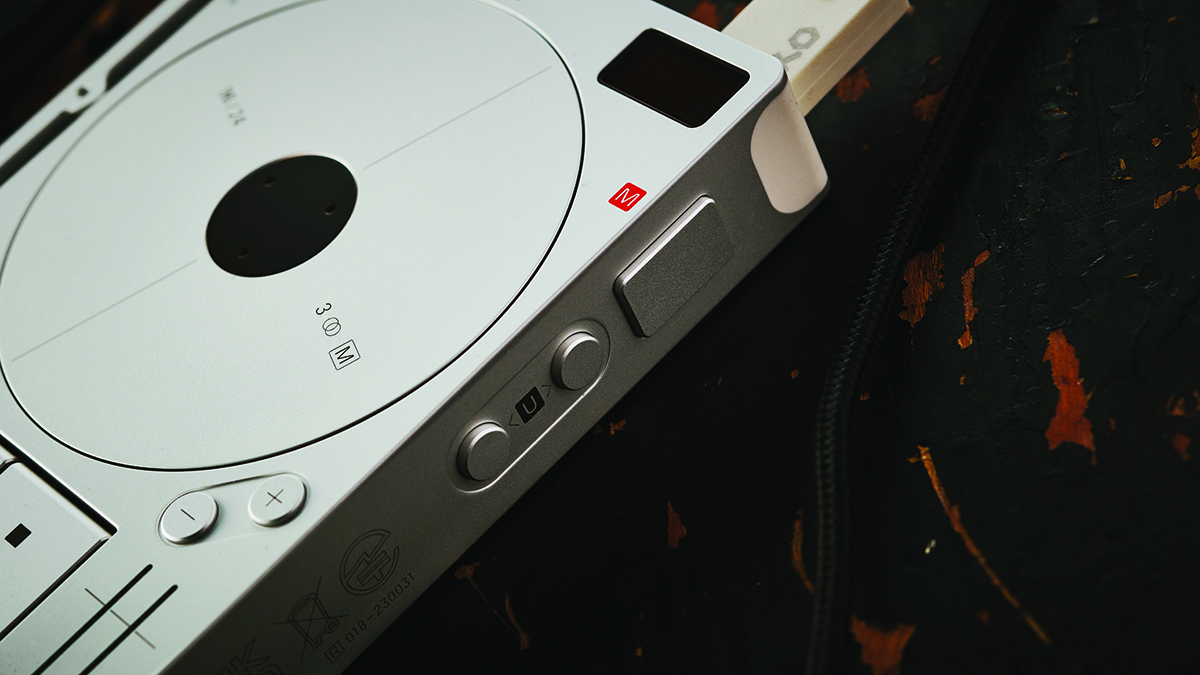
The large jog wheel doesn't just provide visual feedback during recording and playback, but can also provide the power to finely scrub the audio by hand. The manual states that the motor is finely crafted and fully capable of coping with the inevitable ‘scratching’ in playback, which will keep you busy for a bit. In fact, we must say, that the novelty has yet to wear off.
Alongside the jog wheel, the mechanical transport buttons, mini OLED screen and VU metering all add to an experience that feels very well thought out and easy to use.
One feature that piqued our journalistic interest was the promise of transcription. This AI-enabled addition is delivered via an accompanying app, available on both iOS and Android. To get the full TP-7 experience, you’ll also need to download a desktop app (macOS) for transferring files to and from the unit.
Come to think of it, should you already have a TX-6 you’ll also need to make sure you have the latest firmware installed for both to talk to each other via USB-C seamlessly.
Memo
While on the right you’ll find the Memo button. This sits separately from the Recording and Library options, which can be confusing when trying to access those Memo recordings if you’ve accidentally accessed Recording mode by mistake. The desktop app makes sense of all that anyway which we found to be the most useful workflow. Perhaps the best part about the Memo function is that if the TP-7 is switched off, you can still capture a recording by hitting the Memo button on the right-hand side. The recorder will automatically power up and record via the onboard mic the instant the button is held down.
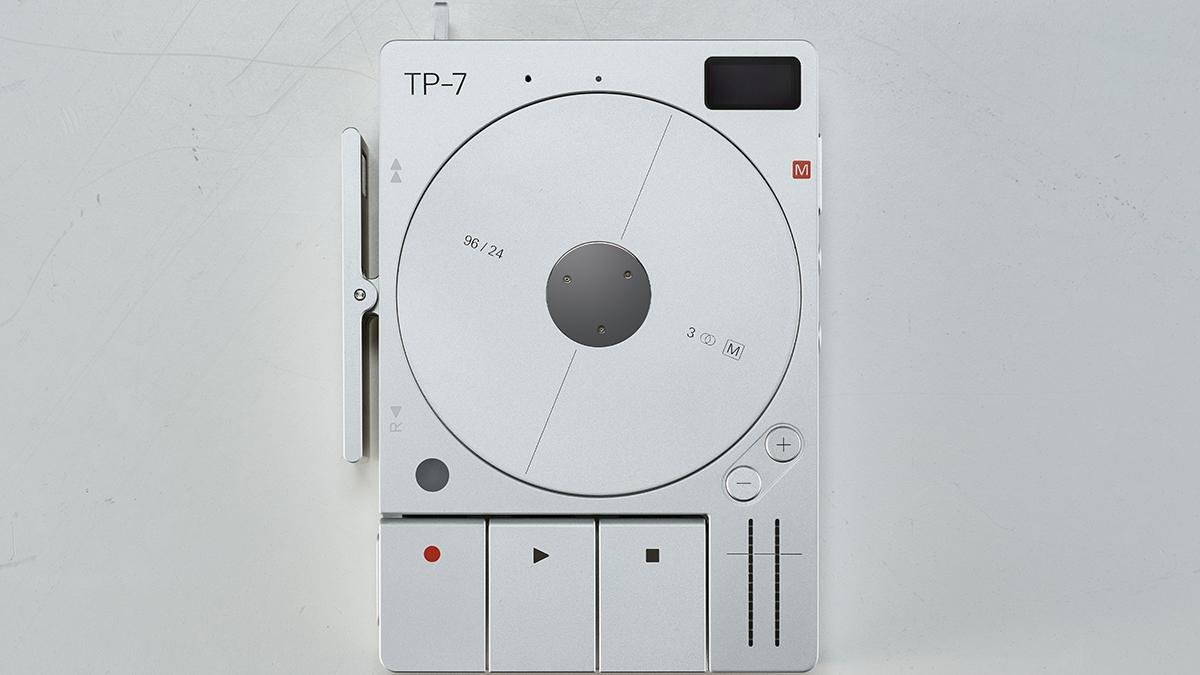
Teenage Engineering TP-7: Performance and verdict
The multitude of use cases is where the TP-7 really thrives. In recording mode, you have the option to capture audio in a variety of ways, which are further enhanced by the presence of the CM-15 mic and TX-6 mixer, should you have them.
On its own, TP-7 can record via the onboard mic, via the three analogue inputs, or digitally over USB-C to a laptop or similar. Add in the TX-6 and the number of inputs is doubled to 12, making it quite a formidable pairing.
While accessing the storage for extracting or adding audio to the onboard library will require the Field Kit desktop app, on the transcription side of things, it’s slightly different and the whole system is very simple to set up and use.
The TP-7 connects to your phone over Bluetooth via the app only. It’s a bit of a shame that you're unable to stream any audio back to the recorder from your phone, that would be very neat.
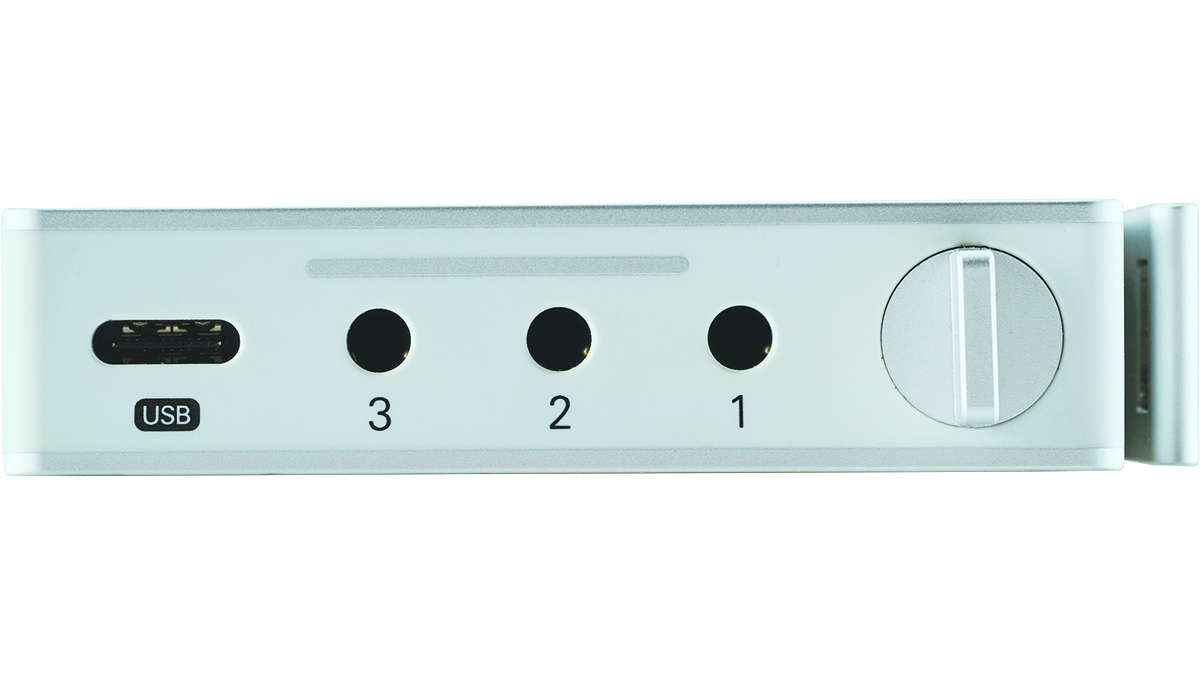
Transcribe
For the purposes of audio transcription, we’re glad that you can connect to a phone wirelessly. Once the audio file has been copied across and analysed you’re still able to use the jog wheel and transport controls to navigate your way around the text.
You can only access the transcribed audio within the app with the TP-7 connected, so if you want to take things further you can hit export which will send plain text to your location of choice. On the whole, the transcription option feels a little unfinished and we would've preferred to be able to edit the text, and in turn, the audio from the app. Now that would be far more useful.
Speaking of editing, you can edit recorded audio from the device itself and despite the small screen real estate, the process is made far simpler with the presence of the enigmatic jog wheel. The jog wheel really makes the TP-7 far more fun and intuitive to use, whether you’re scrubbing, scratching, or holding it to pause recordings.
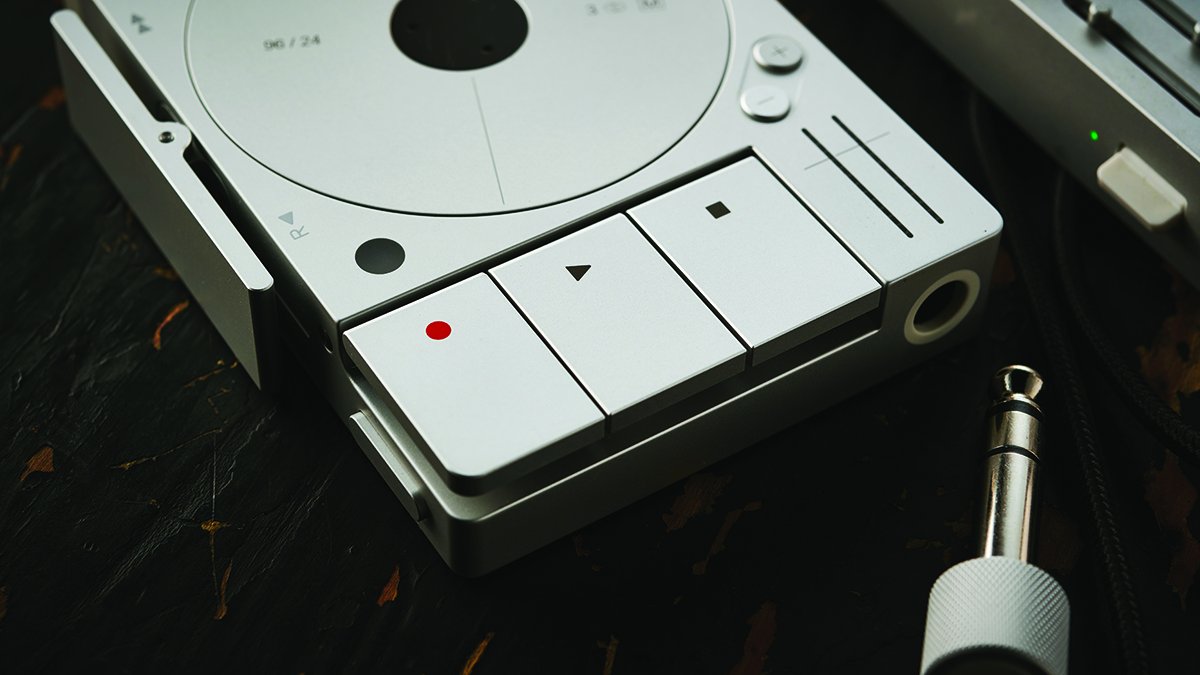

• Sound Devices MixPre-6 II
Sound Devices is where most pros go for quality, durability and features. The MixPre-6 II is basically a TX-6 and TP-7 combined, with additional 32-bit Float recording.
• Zoom H8
It’s darn ugly, but the Zoom H8 Handy Recorder will get the job done at a fraction of the cost. Plus, it’s expandable with a choice of different add-on modules.
• High-end smartphone
OK, so this might sound a bit obvious but your smartphone is probably one of the most handy field recorders out there, with tons of recording and transcription apps available for free(ish).
Unfortunately, TP-7's greatest strength is its greatest weakness as it’s recommended that you don't use the unit in humid conditions, which also raises the question of dust. Add that to the fact that it’s very easy to put a ding in aluminium and you don't have the most robust field recorder out there.
Pairing TP-7 with TX-6 is (sort of) good value if you’ve already forked out for the mixer, but not so much if not. The cost is a huge stumbling block for many and if you’re in desperate need of a field recorder, then we’d say go for something like the Zoom H8 at about a fifth of the price.
Quite laughably there’s even the suggestion to connect two TP-7s to a TX-6 to form one of the world's most expensive and fiddly-looking DJ rigs.
Price-bashing aside, everyone knows that the TP-7 and its Field Kit stablemates are firmly at the deluxe end of desirable music technology. The TP-7 won’t just sit there waiting for that creative spark to strike, though it performs admirably at the task of quickly capturing ideas. It is, in itself a source of creativity which you can file firmly under the Swiss Army Knife section of recording gear.
MusicRadar verdict: There are more rugged field recorders out there, but few do it with such style. Not to mention the impressive integration with Field Kit.
Teenage Engineering TP-7: The web says
"There are quite a few much cheaper similar products on the market. But they don’t offer the fun factor and the intuitive usability of the TP-7. Also, the long battery life and integrated memory are features you rarely get from other field recorders."
Gearnews.com
Teenage Engineering TP-7: Hands-on demos
teenage engineering
B&H Photo Video
Gear4music Synths & Tech

Jay Gilligan
Teenage Engineering TP-7: Specifications
- KEY FEATURES: 24-bit/96 kHz USB audio interface, internal mic and speaker, 7-hr rechargeable battery, 128GB of internal storage.
- I/O: 3x TRRS stereo input/output mini jacks, 1x main/headphones output, USB-C.
- DIMENSIONS: 96 mm x 68 mm x 16 mm.
- WEIGHT: 170g.
- CONTACT: Teenage Engineering
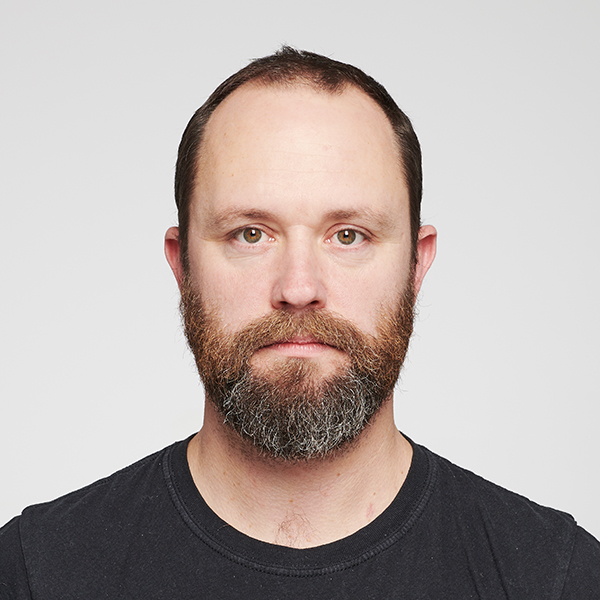
I take care of the reviews on MusicRadar and Future Music magazine, though can sometimes be spotted in front of a camera talking little sense in the presence of real musicians. For the past 30 years, I have been unable to decide on which instrument to master, so haven't bothered. Currently, a lover of all things high-gain in the guitar stakes and never one to resist churning out sub-standard funky breaks, the likes of which you'll never hear.
Brace yourself: Bryan Adams didn’t buy his first real six-string in a five and dime
“Nobody listens to one genre. I literally don’t know anybody who listens to one genre. You can be a fan of so many different artists at once”: Laufey on what Gen Z can teach the rest of us about how to appreciate music
Bon Iver - ranked: from Sable, Fable to For Emma, Forever Ago













